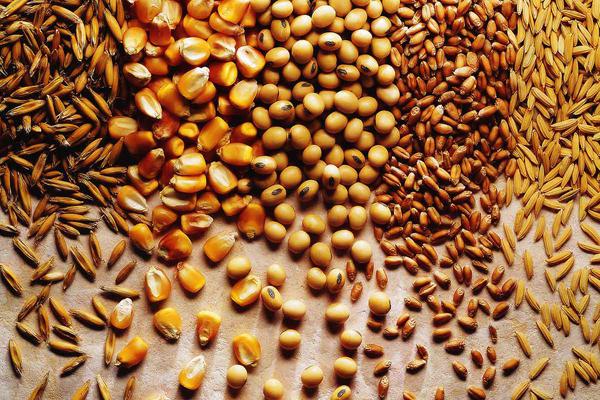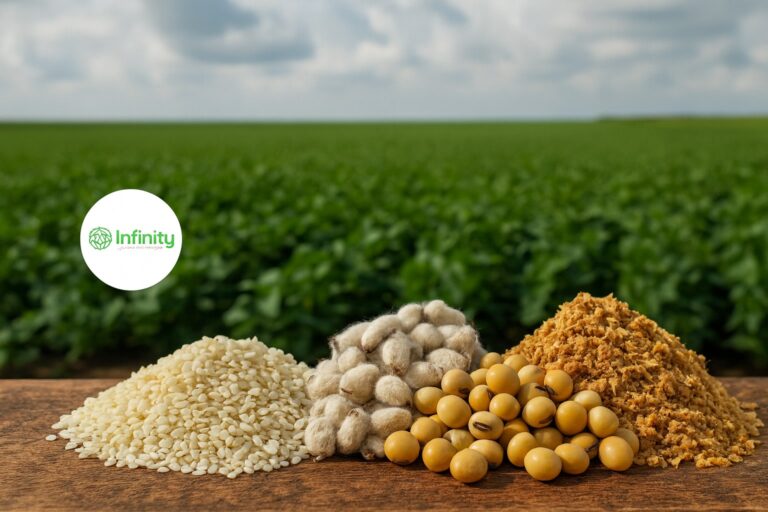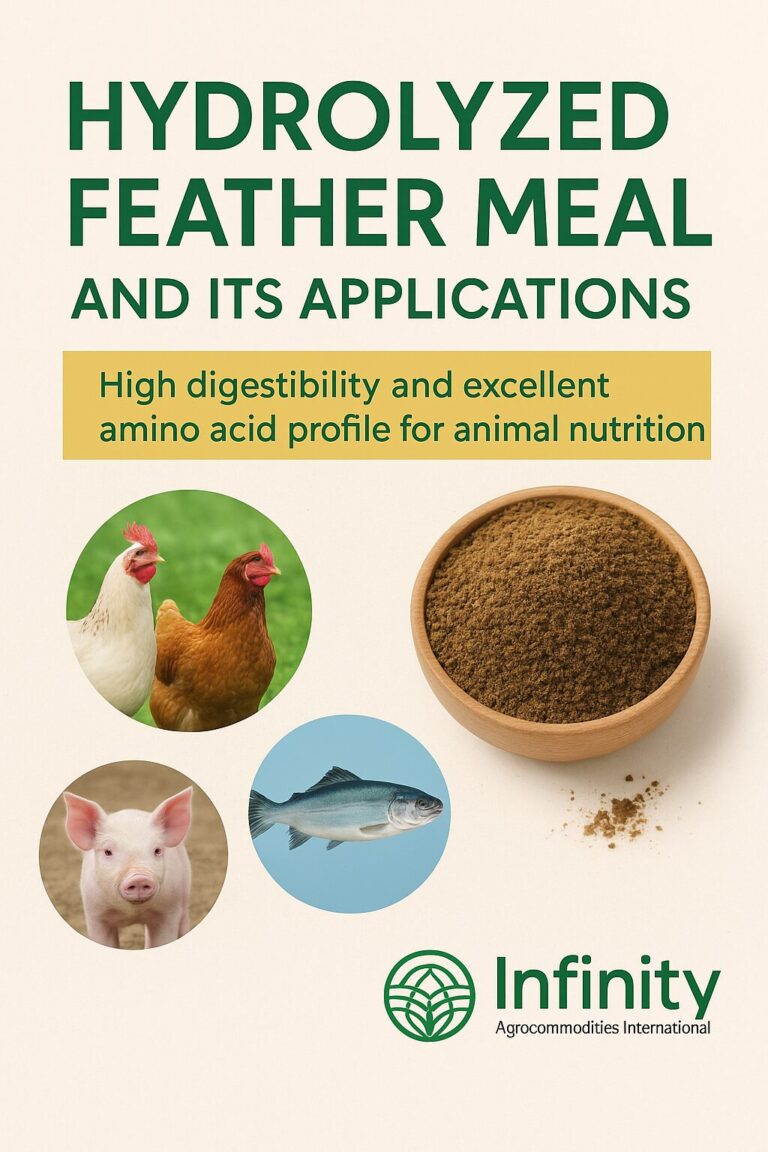On Aug. 12, the U.S. Department of Agriculture raised its estimate for the 2024/25 soybean crop to a record 4.589 billion bushels from 4.469 previously.
CHICAGO, Aug. 14 (Reuters) — The lower cost of growing soy versus corn, floods in some areas and a quick winter-wheat harvest drove the U.S. government to raise its soybean-production forecast to a record high this week, farmers and analysts said.
A record harvest from the world’s second-biggest soybean producer would contribute to larger supplies of the oilseed, used to make biofuels and livestock feed. Global grains markets are in oversupply after several years of disruption and tight supplies due to the pandemic and then the war in Ukraine.
Large corn and soy crops globally, as well as feeble demand from exporters and domestic processors, have driven prices to near four-year lows and led to a rapid decline in U.S. farm income forecasts this year.
On Monday, the U.S. Department of Agriculture raised its estimate for the 2024/25 soybean crop to a record 4.589 billion bushels from 4.469 previously. Even after the revisions, the USDA still forecast a bumper corn crop — the third-highest on record.
The USDA increased its estimate of how much soy will be left over in the U.S. by autumn 2025, after export and domestic needs are covered, by a whopping 29% from last month to 560 million bushels.
Planting corn requires farmers to apply nitrogen and other costly fertilizers, which farmers said would not allow them to make a profit given low corn prices.
“You’re thinking, ‘what am I going to lose less money on,’ and soybeans were that option,” Cordt Holub, a corn and soy farmer in east-central Iowa, said. “When you’re planting corn, it’s a lot higher management and more steps that have to take place. With soy, you can basically just go and slap some soybeans into the ground and watch them grow.”
In parts of the Midwest, widespread flooding delayed spring planting long enough that some farmers opted to plant soy, which can be planted later than corn.
The USDA raised its estimate for acres planted with soybeans and cut its corn-planting estimate, though in some states with extreme flooding, such as South Dakota, soybean acreage expanded by much more than it did nationally.
Chris Gibbs, a corn and soy farmer in western Ohio, decreased his corn acreage by 20% from what he initially planned and planted more soybeans instead due to the lower fertilizer costs and greater chance of profitability.
“I calculated that I had a better chance of making money by growing soy rather than corn,” Gibbs said. “There’s been little opportunity to make a profit this year.”
In some Midwest and Plains states, a speedy winter-wheat harvest allowed some farmers time to plant soybeans for a second crop.
“When times are tough, you see if you can grow two crops in one year,” said Arlan Suderman, chief commodities economist at StoneX.
(Reporting by Heather Schlitz; Additional reporting by PJ Huffstutter; Editing by Rod Nickel)
Source: https://www.agweek.com/crops/us-farmers-grow-record-soy-crop-ditch-pricier-corn





